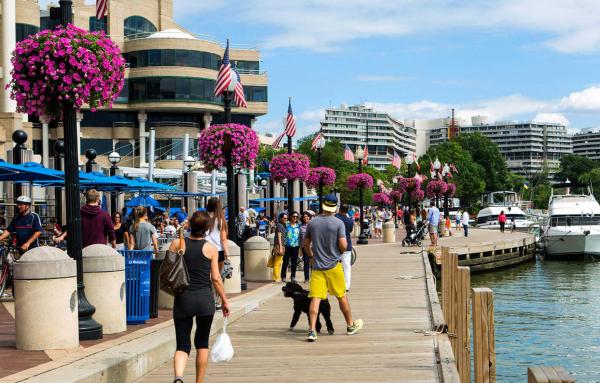Development
A new urban development is underway in Norman, Oklahoma, with a philosophy that can be compared to the award-winning Serenbe, in Georgia. Selah, a name derived from a Hebrew blessing, focuses on sustainability, agrarian urbanism, and community...
South Carolina development offers convincing lessons for how builders, developers, and architects can create a successful new town.
Urban designers and architects are astounded by a charming, small, mid-block development in Charleston that is 2-4 stories tall yet is comparable to the gross density of Manhattan.
Three landmark developments since the 1980s have transformed the city's relationship to the water.
Aldea de Santa Fe, a new urban village in New Mexico, is fully built except for its mixed-use plaza. The time is ripe to complete this community.
Adaptive reuse of building ensemble in Providence, Rhode Island, restores significant mixed-use structures, improves public space, and provides contextual architecture in a historic downtown.
The Proscenium is a key part of one of the largest, coordinated, suburban retrofit endeavors anywhere in the US.
New community in Guatemala City is inspiring to those who watch the short YouTube production.
A mixed-use plan for a Central Florida blueberry farm seeks to build a sense of place around agricultural production, using Seaside as an urban design model.
The outcome of two decades of planning and implementation, Eddy Street is one of the more impressive new urban neighborhoods built adjacent to a university.
As Charlotte continues to grow, let’s take a look back through the past 30 years via Google Earth to see just how far the Queen City has come. Images are via GoogleEarth and are 1993, 2002, 2012, and 2023 captures with a couple of older bonus images...
Designers of Culdesac developments in Tempe and Atlanta report progress in creating a built environment for shared mobility, as the first residents move in to the Arizona project.











